|
It is extremely important to brush your puppy’s teeth everyday of their life. The American Veterinary Dental Association recommends twice daily brushing. If introduced early in life, this is a very acceptable routine to the dog, just as is brushing the haircoat, trimming the nails, or being on the leash.
First of all, you’ll need an appropriate-sized toothbrush with soft bristles to begin. There are many finger brushes on the market, and these are okay when introducing your puppy to this procedure, but for life-long brushing to be effective, an actual tooth brush is needed because the bristles are what clean up under the gum line where the bacteria live and the tartar begins. Secondly, you’ll need a pet enzymatic toothpaste. Human toothpaste contains fluoride which can be toxic, as dogs can’t spit and will swallow this paste.
Step One: When your puppy comes seeking attention, pet and praise them and touch the muzzle and sides of the jaw. Reward with a treat. Play with their mouth for several weeks, working up to gently lifting the lips and rubbing the teeth with your finger. With a little patience, the puppy will soon accept your attention. Use a lot of love and especially praise to gain their confidence. Let them lick the pet toothpaste off your finger or off the toothbrush. Choose a flavor of toothpaste they enjoy. You can use a training phrase like “brushtime” to tell puppy you are going to give them some attention and a yummy treat.
Step Two: After your puppy has gained confidence in you, you will be able to rub the teeth and gums with your finger. Place toothpaste on the toothbrush and work on the long canines that are on each side (upper and lower) for several weeks, then work up to more teeth, concentrating on the large canines and the “cheek teeth,” the large premolars on top and the large molars on bottom. These teeth tend to build up the most calculus due to the salivary gland that excretes minerals near these teeth. The lips do not have to be pulled back to see. You can brush with the mouth closed just going “by feel.”
Step Three: Once your puppy accepts the handling of the mouth, the toothbrush on the front and back teeth, and sits patiently, you can work on brushing technique. Hold the toothbrush at a 45 degree angle to the tooth and brush from the gum line down to the tip of the crown. A light touch is all that is needed. If the toothbrush becomes bloody, we recommend an exam. Tooth brushing should not be painful. Chewing on the bristles during a tooth brushing session is fine and may help to remove plaque.
Goal: 30 seconds on each side in both back and forth and circular motions twice daily after feeding.
Take your time! If puppy resists your efforts, stop and start at step one. Remember, you are training – take it slow, use lots of praise, affection, and rewards.
Dental exams are one of the most important and most difficult exams to perform on most pets because they are never desensitized to the procedure. Please take the time to train your new puppy so that we can ensure optimal health.
As your pet ages, performing dental cleanings will become a part of their wellness and preventative medicine. Your pets overall oral health and chewing/biting/eating/hygiene habits will be important in staging the frequency of dental cleanings.
All dental cleanings are performed under general anesthesia. Be aware that many grooming facilities offer “no anesthesia dentals,” which is impossible and malpractice. No animal allows a sharp instrument under their gum line to scrape and remove dental tartar. No animal allows probing the gingival gum line for periodontal disease while awake. No animal allows you to scale their teeth with an ultrasonic scaler followed by polishing while awake. All dentistry must be performed with the animal under general anesthesia.
|




